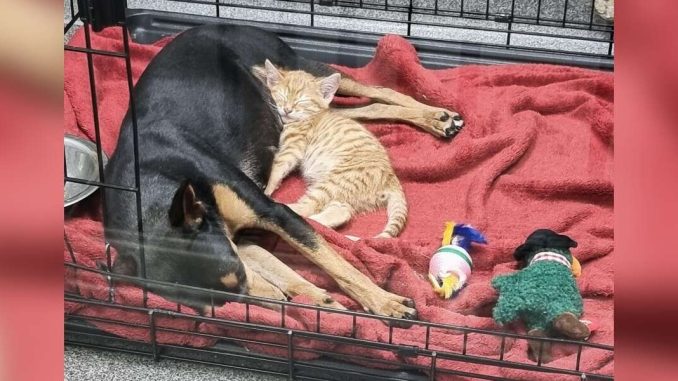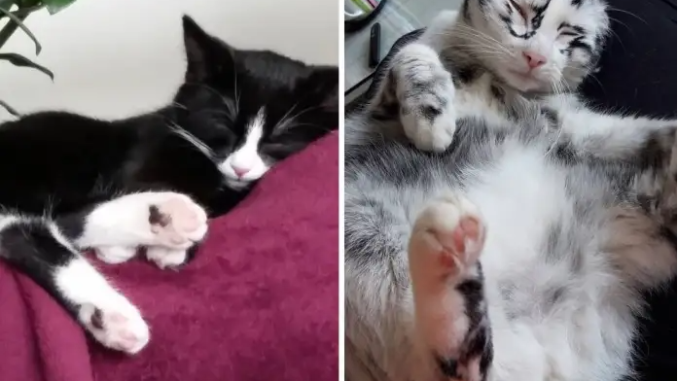#1. Happy cat
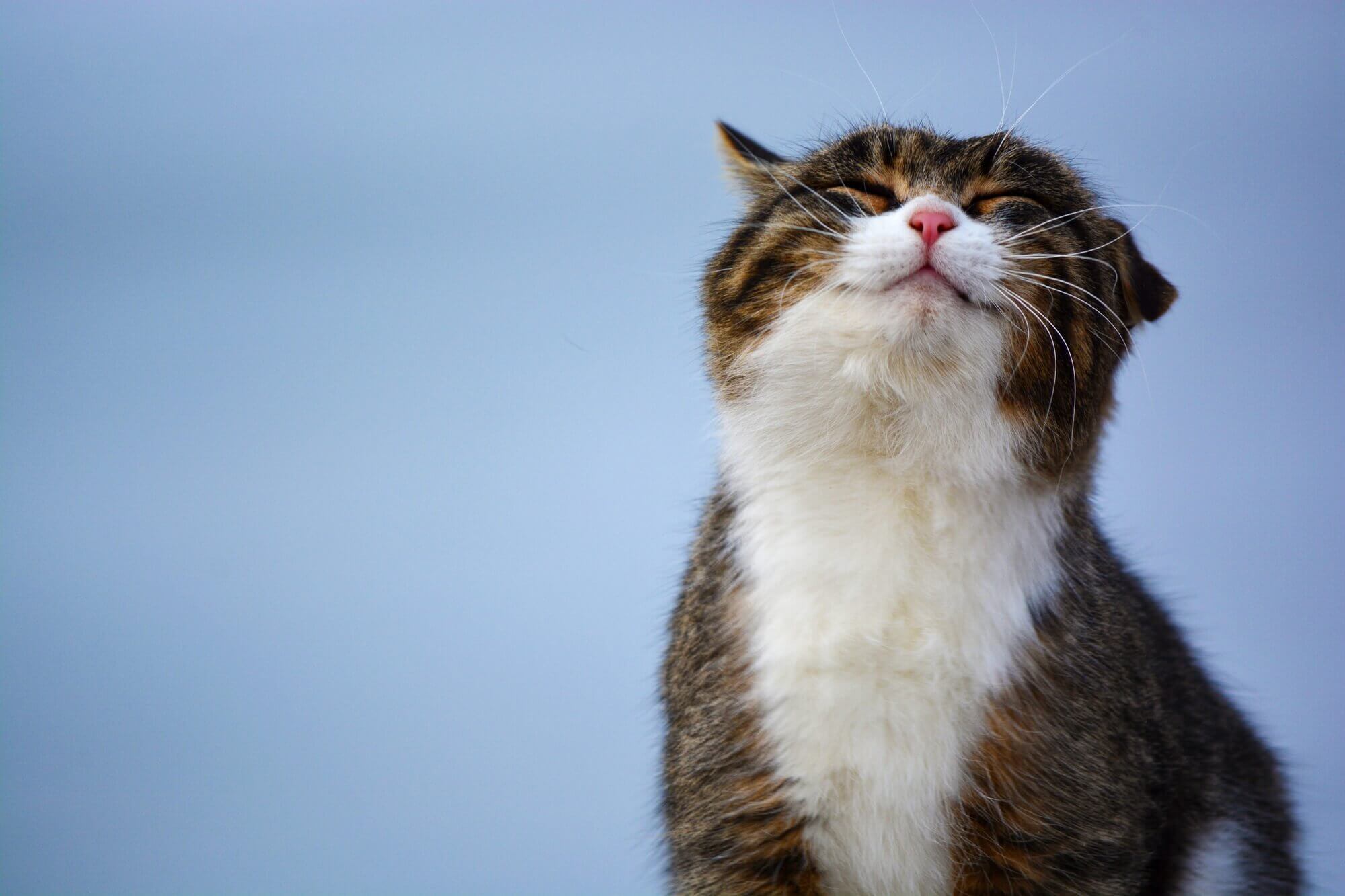
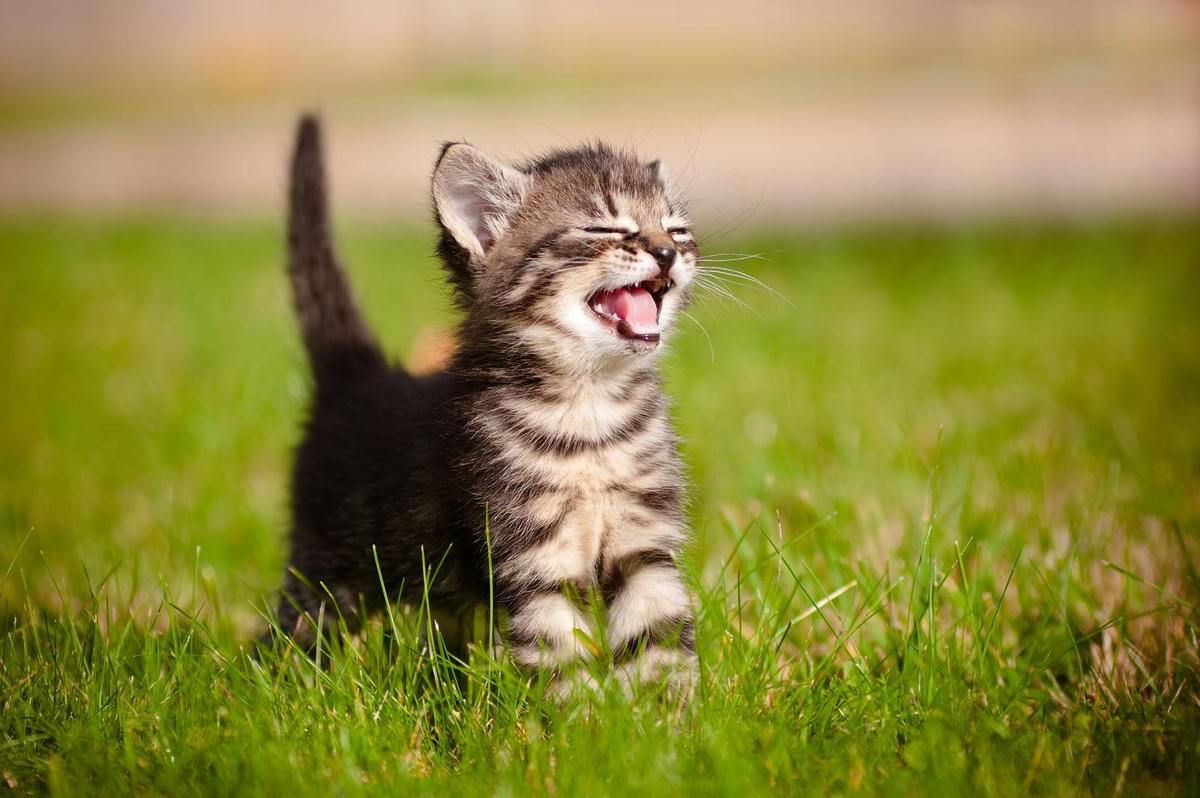
Happy cats’ emotions are easy to spot; you should be able to tell by their cat body language. This is the state you’ll want your cat to be in as much as possible because it’s ideal for quality time with you.
- When sitting, your cat will be relaxed and upright, with ears pointed up and forward but relaxed, occasionally swiveling gently towards familiar sounds such as the voices of your family.
- If they’re standing to greet you, their whiskers will be relaxed and their tail will be held high with a slight curl.
- When you stroke your cat, their eyes may close in contentment and they may purr softly.
#2. Anxious cat
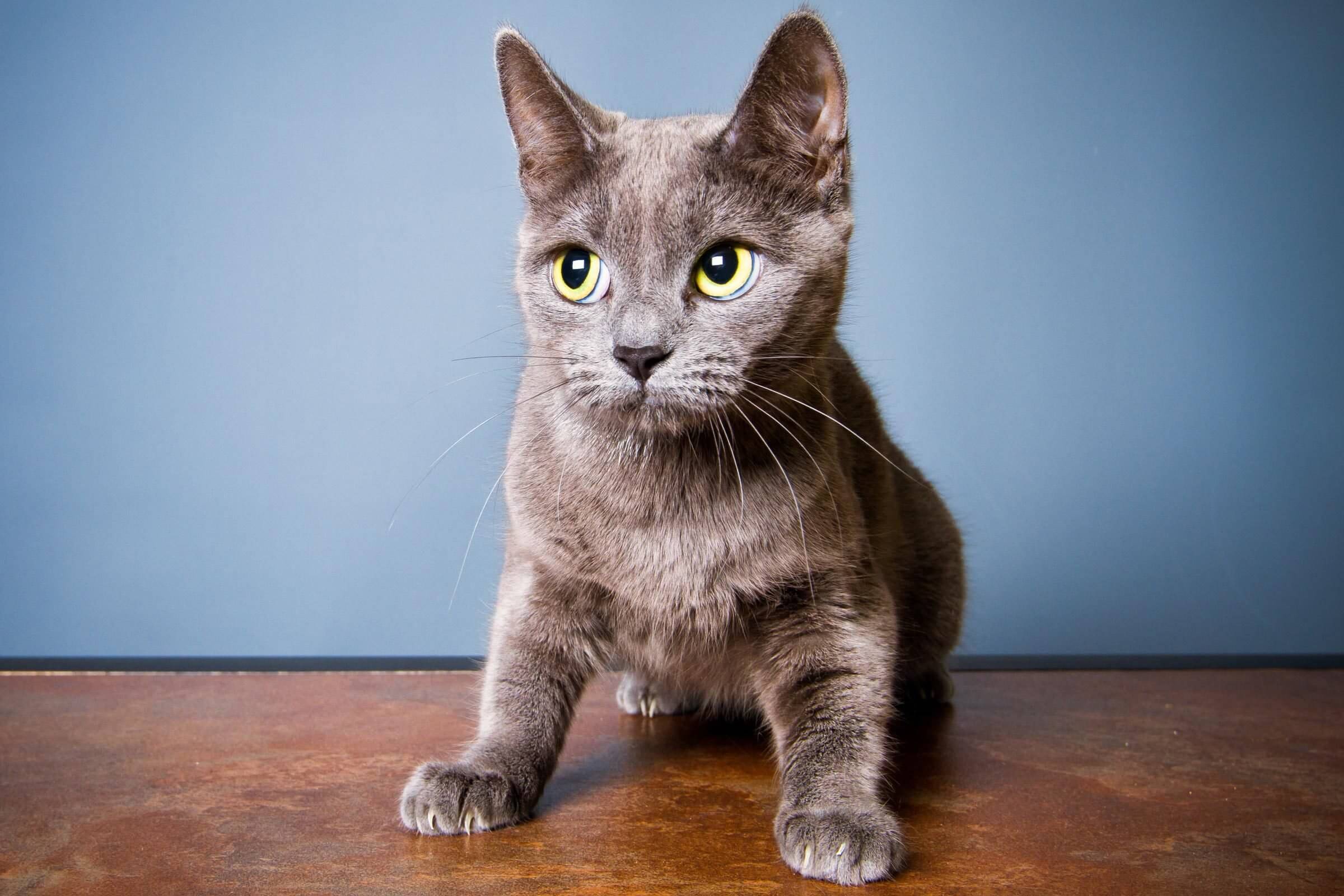

Cats can be extremely sensitive, particularly to change. It can take some time for cats to adjust to unexpected changes, so learning to recognize the signs of anxious cat behavior can help you help your cat relax.
- Your cat’s pupils will be dilated into an oval or circle, and its eyes will be open and not blinking.
- Their ears may swivel around independently from each other as they move from their relaxed forward position to scan for more information. If they are extremely stressed, they may even flatten back to their head.
#3. Frustrated cat
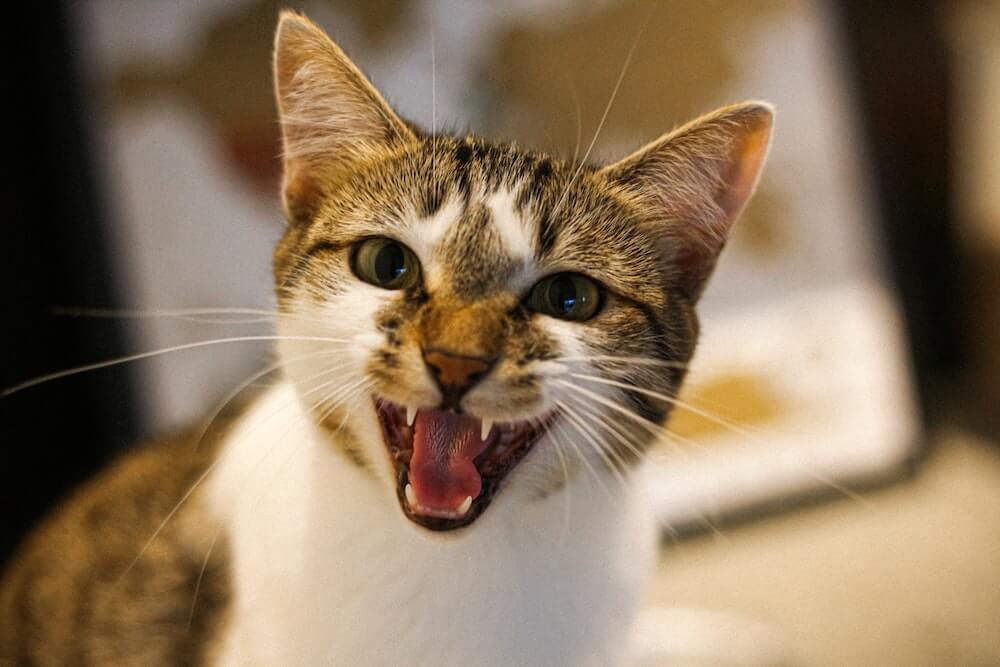

Your cats’ emotions may be actively frustrated by a short-term specific event, such as being unable to reach their favorite toy, or they may be affected by longer-term, more depressive frustration at a lack of stimulation, such as being unable to express their need to hunt.
- All of their senses are focused on their goal: their eyes will be wide open with pupils dilated, their ears will be forward, and their whiskers will be forward-pointing and spread.
- If they can’t get to what they want, they may pace impatiently.
- Cats suffering from long-term depression may be lethargic, unable to eat, and unwilling to play or interact with others.
#4. Angry cat

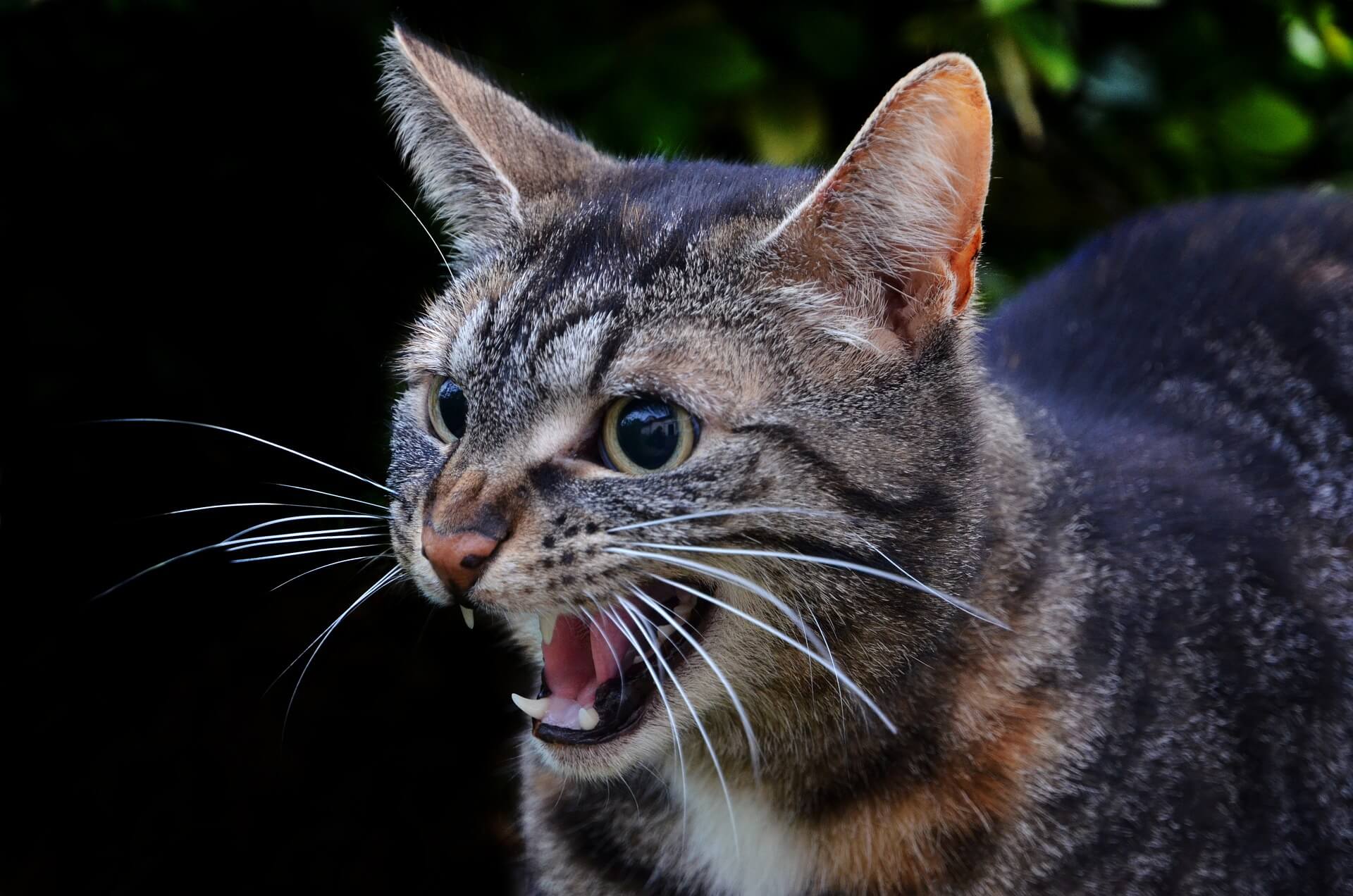
If your cat exhibits aggressive behavior, proceed with caution. Avoid provoking an angry cat by not staring, shouting, or making sudden movements, and avoid touching or comforting them as they may interpret this as an added threat and lash out. Instead, slowly retreat, remove any threats if it is safe to do so, and give your cat time and space to calm down.
- An angry cat’s tail will be stiff and straight, or curled around and under their body.
- They will behave strangely – they may be silent, hissing, spitting, or growling.
- Their ears will be tense and flat against their head, with their whiskers stiff away from their face.
#5. Relieved cat
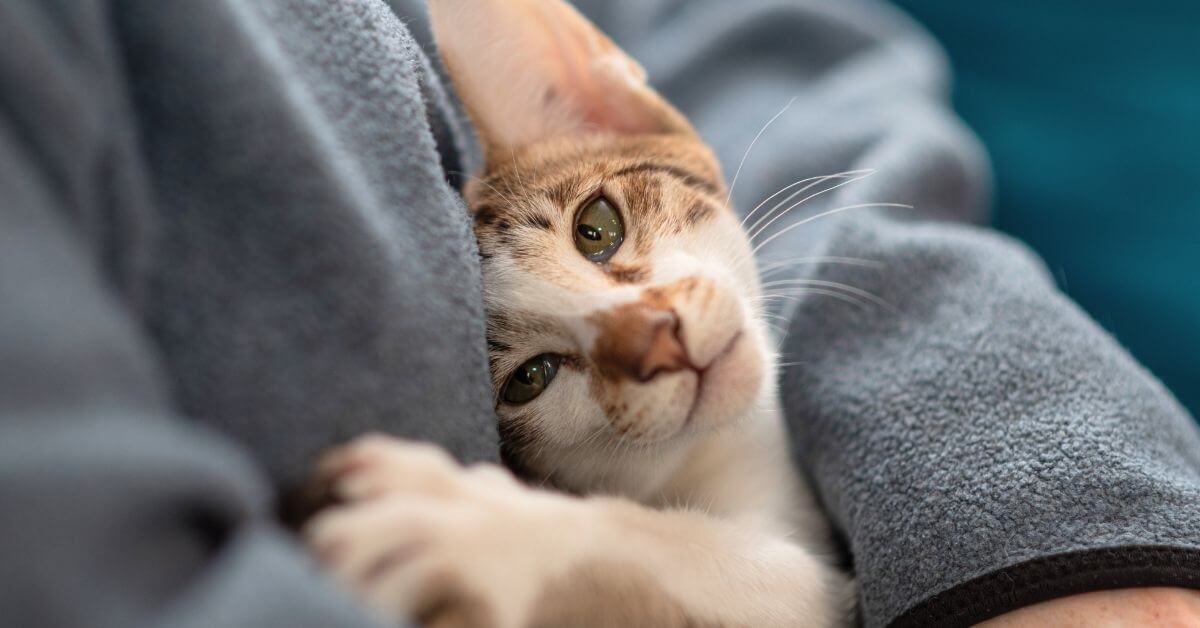
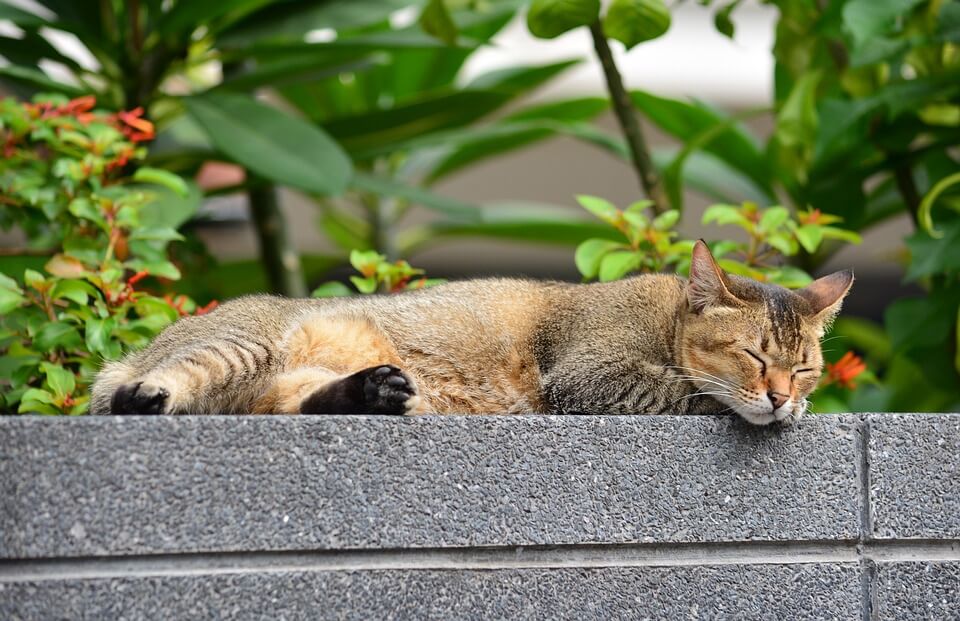
When an angry, scared, or frustrated cat is reassured that the perceived threat is no longer present, they will most likely begin to act relieved. Just as it’s critical to recognize when your cat is angry or scared, learning to recognize when they are relieved is critical to helping them feel like their normal, relaxed selves again.
- Their eyes, ears, head, body, and tail will all relax visibly.
- Whiskers will return to a calm, away-from-the-face position, and their head will lower.
- A cat’s entire body can express relief; some cats even perform a full-body stretch to relieve tension!
If you found this article interesting, don’t hesitate to visit our website aubtu.biz to get access to a wide range of creative and funny news about your favorite pets.
